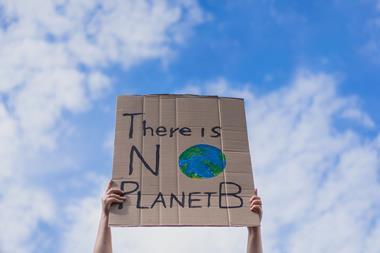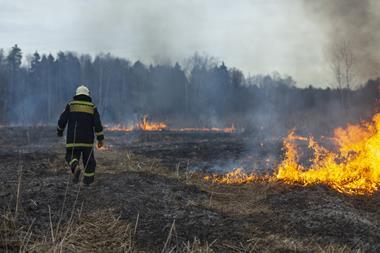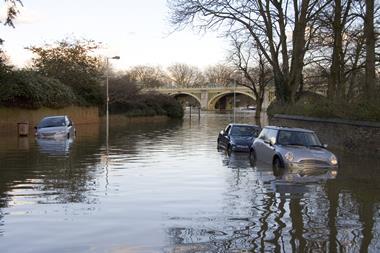The impacts of climate change can be seen around the world in 2022, at a growing cost burden
As we approach COP27 in Sharm El Sheikh, Egypt, the subject of climate-related losses and damages is expected to take centre stage. This is according to the Zurich Flood Resilience Alliance, which says it is vital that progress is made on the issue of losses and damages.
The impacts of climate change can be seen in events around the world in 2022 - from the droughts in East Africa to floods in Pakistan.
These are a result of “failures to adequately avert and minimise losses and damages, including through mitigation and adaptation,” says the Alliance.
Michael Szönyi, Zurich Flood Resilience Alliance program lead, Zurich Insurance Group, commented: “It is beyond doubt that global failures to mitigate and adapt to the climate crisis have resulted in heavy losses and damages, often in communities with the least capacity to cope.
”Funding for adaptation investments must therefore be significantly increased to prevent and manage avoidable losses and damages for the most vulnerable people. New and additional finance is also needed to address losses and damages through financial and social protection, relief and rehabilitation.
“At COP27, the international community must mobilise concrete action and formulate effective policies in the face of rising climate-related risks and impacts.
“The insurance industry can make a critical contribution through its risk modeling, risk assessment and risk reduction capacities to help insureds and society at large focus more on adaptation,” he continued.
”In addition, the industry needs to ensure, together with the public sector, that current and future risks remain insurable and affordable.”
Climate finance gap
the ‘Glasgow Dialogue’ represented the first time that the need for finance for losses and damages was recognised in a COP decision.
However, the goal of mobilising $100 billion a year in climate finance has been consistently missed with the climate finance gap in 2022 forecast to be up to $8 billion.
Asia is particularly exposed. The recent floods in Pakistan destroyed a million homes and estimated to have caused $30 billion in economic losses - more than 10% of the country’s GDP.
By 2050, economic losses in Nepal and Bangladesh are estimated to be up to 2.2% and 2% of annual GDP respectively. And by 2100, economic losses in Indonesia could be 2.5–7% of GDP.
There is a significant and growing burden on communities and the private sector as governments fail to deliver on their pledges.
Don’t miss all the latest news from COP27 at the World@Risk Climate Change & ESG Forum.
World@RISK: ESG & climate Change Forum 2022 - new speakers announced for 15 November
- 1
- 2
- 3
- 4
- 5
 Currently reading
Currently readingCOP27: ‘Tangible progress’ essential to close climate finance gap
- 6
- 7
- 8
- 9
- 10
- 11
- 12
- 13
- 14
- 15
- 16
- 17
- 18





































No comments yet